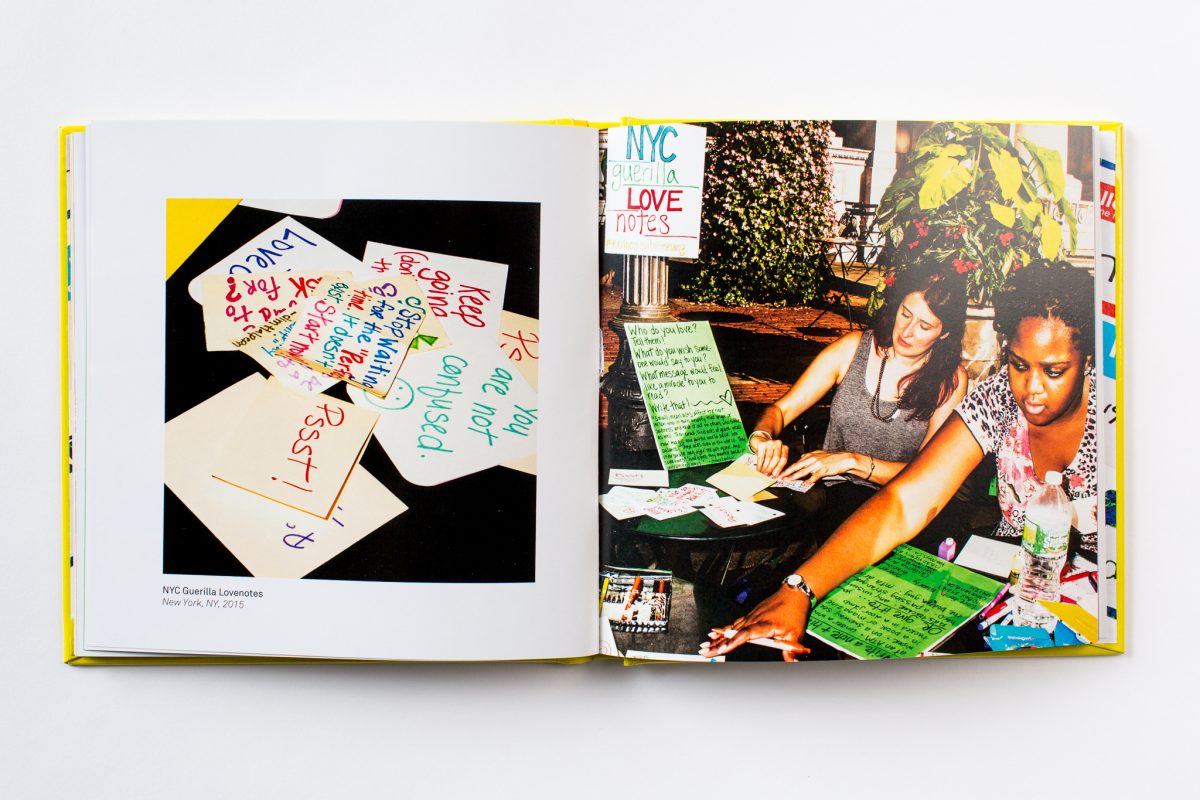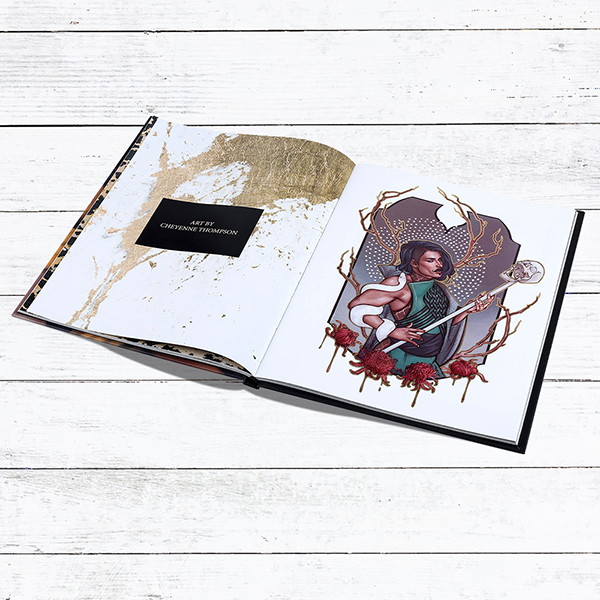How DPI Affects the Final Quality of Your art book
How DPI Affects the Final Quality of Your art book
Blog Article
Discover the Essential Overview to Art Book Printing for Aspiring Artists and Publishers
As an aspiring artist or publisher, comprehending the nuances of art book printing is essential to bringing your vision to life. What are the vital elements you should focus on to produce a stunning art book that genuinely represents your job?
Comprehending Different Kinds of Art Books
When you plunge into the world of art publications, you'll quickly uncover that they are available in various kinds, each customized to different artistic expressions and audiences. Coffee table books commonly showcase sensational visuals, excellent for casual browsing, while monographs dive deep into a specific artist's work, supplying context and understandings. If you want specific art activities, exhibit brochures offer comprehensive documentation of programs, featuring essays and reviews.
For educational purposes, art guidebooks and method publications assist you through various tools and styles, making them crucial for striving musicians. Each style serves its objective, and knowing their differences can enhance your art book trip.
Choosing the Right Paper and Products
Choosing the appropriate paper and materials can substantially affect the general quality and feeling of your art book. Start by considering the kind of art work you have. For dynamic shades and intricate information, select a shiny surface or a heavyweight matte paper that boosts visual deepness. If your job features softer tones or structures, a natural or uncoated paper can supply a cozy, inviting touch.
Think regarding the weight of the paper, as well. Thicker alternatives frequently offer a more expert look, while lighter documents can lower printing costs. Don't forget the binding products; a sturdy cover can safeguard your pages and include in guide's visual.
Lastly, take into consideration sustainability. Eco-friendly options are obtaining popularity and can mirror your worths as a musician. By very carefully picking your paper and products, you'll ensure that your art book not only looks excellent yet additionally really feels unique in the hands of your visitors.

Picking the very best Printing Methods
When it concerns publishing your art book, selecting between balanced out and digital printing can significantly affect your end product. You'll likewise wish to consider just how paper top quality affects the total feel and look of your art work. Allow's discover these essential printing strategies to discover the very best fit for your job.
Offset vs. Digital Printing
While both countered and digital printing have their benefits, choosing the ideal technique for your art book can greatly influence the final product. Countered printing provides premium photos and lively colors, making it suitable for larger print runs. If you're wanting to create hundreds or countless duplicates, offset will offer you constant outcomes and lower per-unit expenses. On the various other hand, electronic printing excels for smaller sized amounts and quicker turnaround times. It enables very easy customization, allowing you to publish one-of-a-kind copies without added setup expenses. Consider your spending plan, timeline, and the quantity of your task. Inevitably, your option must straighten with your artistic vision and distribution technique, making sure that your art book reflects the high quality you prefer.
Paper High Quality Factors To Consider
Picking the ideal paper quality can greatly boost the visual appeal and responsive experience of your art book. For prints, a glossy finish can make images pop, while a matte coating offers a softer, more refined look.
Following, think concerning the sustainability of your option. Environmentally friendly options are ending up being increasingly popular and can appeal to environmentally-conscious visitors. Finally, demand examples to see exactly how various documents deal with your art work, guaranteeing the end product mirrors your vision completely.
Making Sure Shade Precision in Your Prints
To attain sensational prints, you require to concentrate on shade accuracy from the beginning. You'll want to utilize shade calibration techniques to verify your monitor and printer remain in sync. Additionally, proofing your work prior to the last print run can help catch any disparities, guaranteeing your art looks just as you imagined.
Shade Calibration Techniques
Assuring color accuracy in your prints starts with efficient shade calibration techniques that help preserve uniformity in between your electronic images and final printed items. First, adjust your display making use of hardware calibration tools to accomplish the ideal shade representation. This verifies that what you see on-screen matches what obtains published. Next, pick a color profile fit for your printing process, like CMYK for print products. Frequently inspect your printer's settings and preserve it to prevent color changes. It's additionally necessary to utilize top notch paper that enhances your inks, as various surfaces can substantially impact color output. By regularly applying these strategies, you'll enhance the overall top quality of your art prints and far better share your creative vision.
Proofing for Accuracy
While you might assume your electronic pictures are ready for print, proofing is important for achieving color accuracy. Prior to dedicating to a complete print run, constantly request an evidence from your printer. This allows you to see how shades equate from display to paper. Contrast the proof with your adjusted screen to spot any kind of disparities. Pay focus to saturation, illumination, and reference color, as these factors can drastically impact your last product.
If adjustments are needed, interact clearly with your printer concerning your desired results. Don't think twice to demand several proofs if needed; it deserves the investment to obtain it right. Ultimately, thorough proofing warranties that your artwork is represented as you imagined it, keeping your artistic stability throughout the printing procedure.

Creating Layouts That Enhance Your Art Work
When you design layouts for your art book, it's necessary to contemplate how each element communicates with your artwork. Objective for an equilibrium in between visuals and message, guaranteeing neither outweighes the other. Use white room purposefully; it offers your art work space to take a breath and attracts interest to its details.
Take into consideration the flow of your book. Organize photos in such a way that overviews the visitor's eye, creating a narrative or thematic progression. art book. Vary the dimensions and positionings of your artwork to maintain the design dynamic and intriguing
Select typefaces that complement your artwork without sidetracking from it. Maintain text succinct and pertinent, providing context or understanding that improves the audience's experience.
Lastly, test various layouts. Print examples to see exactly how the styles equate on paper, and readjust as needed. By thoughtfully creating your layouts, you'll create an aesthetically interesting art book that resonates with your audience.
Binding Options for an Expert End Up
Choosing the right binding option can substantially impact the general presentation of your art book. You'll intend to take into consideration both aesthetics and toughness when making your selection. Popular options include excellent binding, which uses a streamlined look and is excellent for thicker books; saddle stitching, perfect for smaller sized brochures; and spiral binding, which enables pages to lay level for simple viewing.
If you're intending for a premium feeling, case binding is a superb choice, supplying a durable cover and an expert appearance (art book). Don't fail to remember about the cover product; options like cloth, natural leather, or a shiny coating can elevate your book's charm
Whatever choice you pick, see to it it enhances your artwork and enhances the visitor's experience. Take your time to evaluate the benefits and drawbacks of each technique, so your last product reflects the top quality of your innovative vision.
Preparing Your Files for Publish Preparedness
To ensure your art book is print-ready, you'll need to pay close attention to submit preparation. Begin by establishing your paper dimension to match your preferred print measurements. Usage high-resolution images-- 300 DPI is the criterion-- to ascertain sharp, vivid visuals. Convert your files to CMYK setting, as this shade room is ideal for printing. Don't neglect to consist of bleed areas, generally an additional 0.125 inches around your pages, to stop any white sides after trimming.
Think about developing an evidence to evaluate prior to the final print pop over to this site run. Following these actions will certainly assist you achieve a polished, expert art book.
Often Asked Inquiries
What Is the Average Expense of Printing an Art Book?
The standard expense of publishing an art book differs, but you can expect to pay anywhere from $5 to $20 per duplicate, depending upon factors like size, paper quality, and printing quantity.
How Can I Discover a Reliable Printing Company?
To discover a trusted printing firm, begin by looking into on-line testimonials and asking other musicians for referrals. Contrast quotes, check portfolios, and connect your requirements clearly to ensure they recognize your vision and top quality assumptions.
What Is the Common Turn-around Time for Printing?
The typical turnaround see time for printing varies but usually varies from one to four weeks. Elements like project intricacy and volume can affect this. Always confirm with your picked printer for specific timelines and expectations.
Can I Publish My Art Book in Limited Quantities?
Yes, you can absolutely print your art book in minimal amounts. Several printing firms provide short-run choices, enabling you to generate simply the number you require, making it less complicated to manage costs and stock.
What Lawful Considerations Should I Know for My Art Book?
You must consider copyright, licensing agreements, and model releases when developing your art book. Make particular you can use all images and message, protecting yourself from possible lawful issues in the future.
Report this page